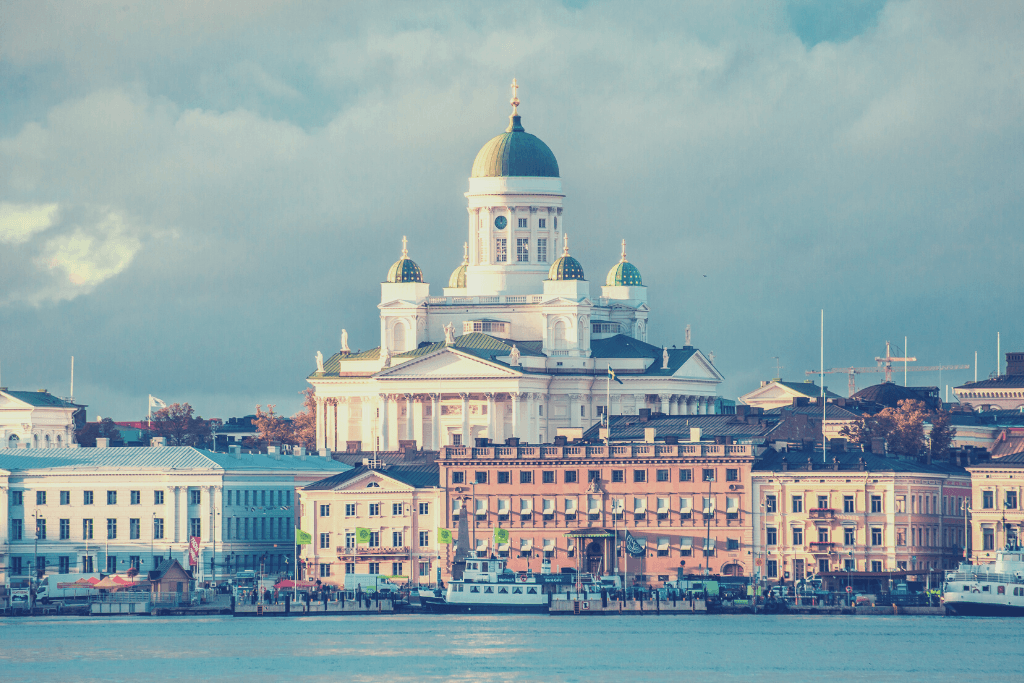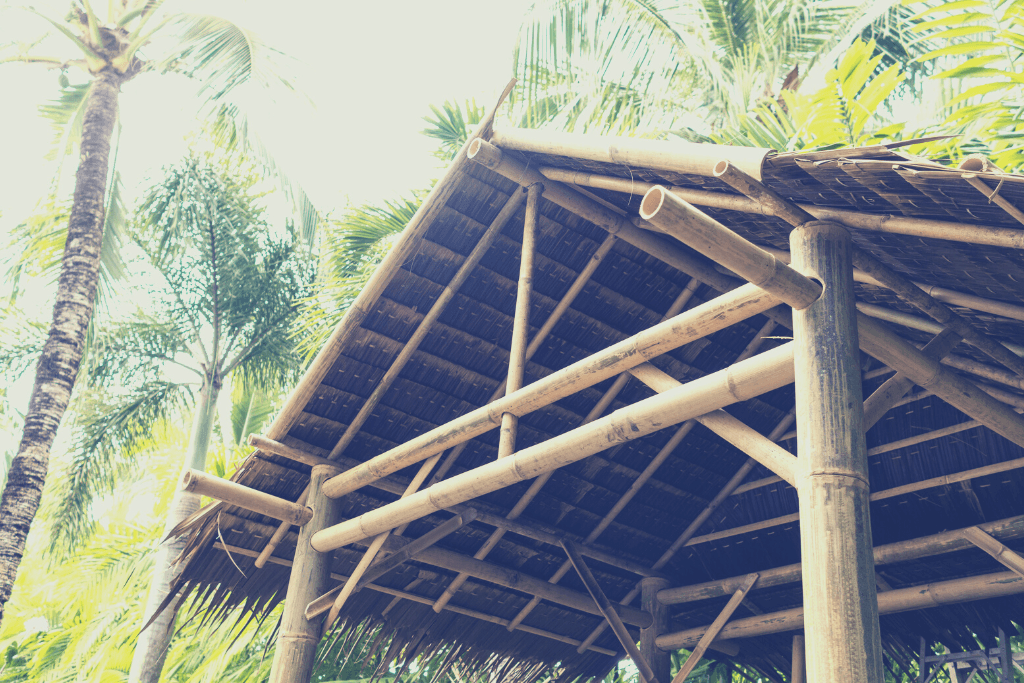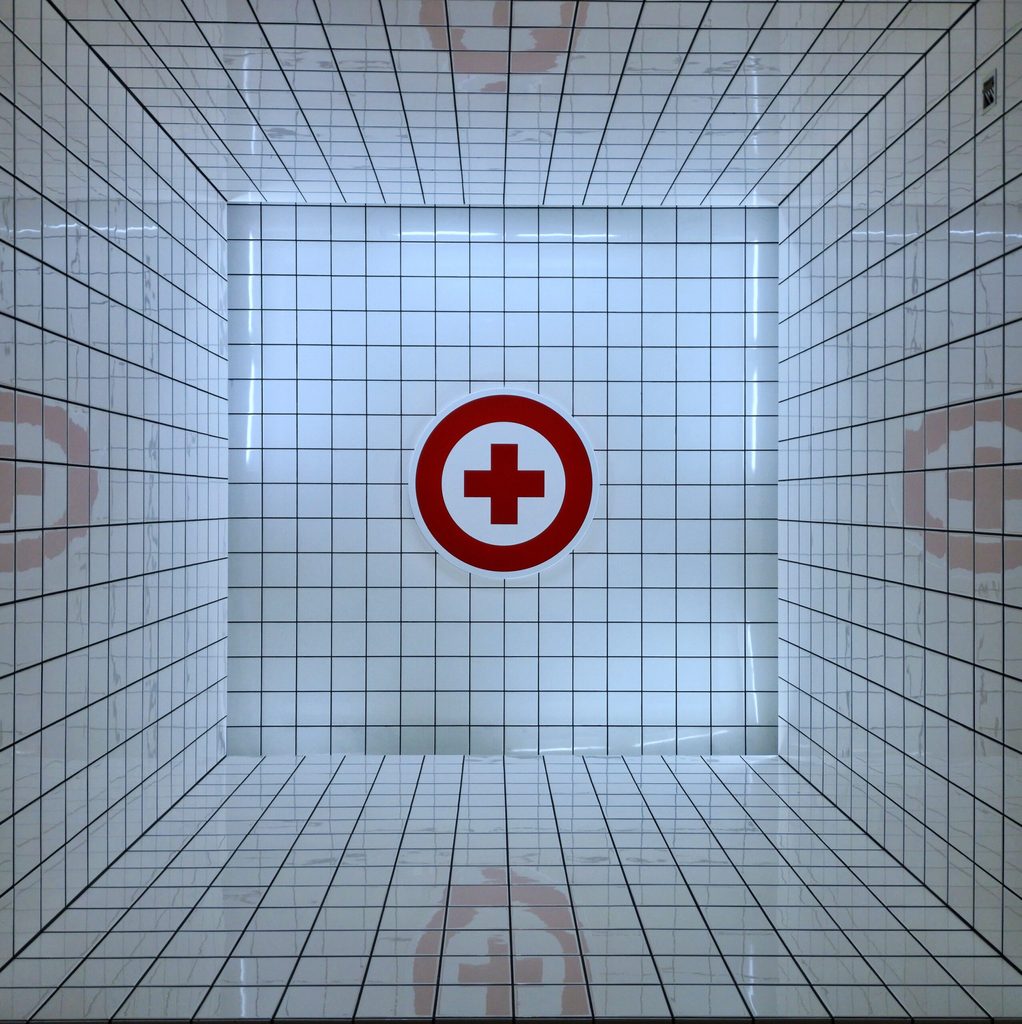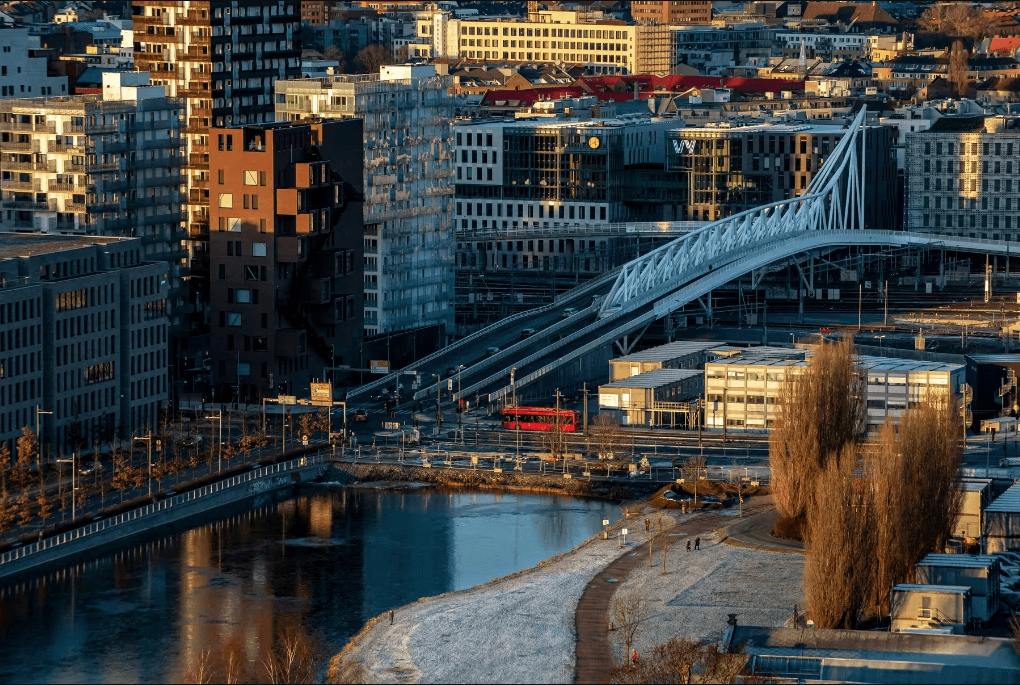Libraries are among the best possible public investments. They promote knowledge, education, culture, and community engagement, while also serving as democratic spaces that empower individuals, foster learning, and contribute to the overall well-being of communities.
In Haruki Murakami’s surrealist masterpiece novel Kafka on the Shore, this is how the 15-year-old protagonist who lives in a library describes the experience of opening a book: “When I open them, most of the books have the smell of an earlier time leaking out between the pages – a special odor of the knowledge and emotions that for ages have been calmly resting between the covers. Breathing it in, I glance through a few pages before returning each book to its shelf.”
For many, like the 15-year-old fictional Kafka, libraries are also attractive spaces where magic happens, new worlds open through the pages of books, and the difference between reality and surrealism might blur.
Through the classical elements in their designs, the following seven libraries offer a fairytale-like ambiance, combining architectural splendor, historical significance, and a sense of wonder that can transport visitors to a magical world of knowledge and imagination.
1. Admont Abbey Library – Admont, Austria
Located in Admont Abbey in Austria, this library is the largest monastic library in the world, in which visitors might feel like they walked into Beauty and the Beast.
Admont Abbey boasts magnificent Baroque architecture, with ornate frescoes on the ceiling, grand marble columns, and an extensive collection of books.
2. Wiblingen Monastery Library – Ulm, Germany
This intricate Bavarian library located in the former Benedictine Wiblingen Abbey is considered one of the finest examples of Rococo architecture.
It features elaborate stucco decorations, a striking ceiling fresco, and rows of antique books, creating an atmosphere straight out of a Disney ballroom.
3. Trinity College Library – Dublin, Ireland
The Trinity College Library in the Irish capital is a breathtaking space that oozes “dark academia” vibes.
This stunning 18th-century building is home to more than 200,000 books stored in beautiful dark-wood bookcases that line the walls, and marble busts of notable scholars and writers, creating an ambiance of intellectual reverence.
4. Strahov Monastery Library – Prague, Czech Republic
Found within Strahov Monastery, which dates back to the 12th century, this library features two magnificent halls: The Theological Hall and the Philosophical Hall.
The halls are adorned with ceiling frescoes, ancient globes, and bookcases filled with historical volumes — as if a “mad scientist” might be just around the corner.
5. Royal Portuguese Reading Room – Rio de Janeiro, Brazil
While it might be situated in the tropical South American climate, it might be hard not to think of Harry Potter in the Royal Portuguese Reading Room.
This 19th-century library is a stunning example of Portuguese Neo-Manueline architecture, which draws inspiration from the Gothic Manueline style found in Portugal during the Age of Discoveries. The building’s façade is adorned with intricate carvings, ornamental windows, and a grand entrance portal.
6. Library of El Escorial – Madrid, Spain
Situated in the Royal Seat of San Lorenzo de El Escorial, this Renaissance-era library was built to house not only religious texts but also scientific books — a novel idea in Europe at the time.
It’s part of a larger complex that includes a monastery, royal palace, and basilica. The library contains an impressive collection of over 40,000 books, including rare manuscripts.
7. Rijksmuseum Library – Amsterdam, Netherlands
This 19th-century library with a neo-Renaissance style is housed within the Rijksmuseum, one of the most renowned art museums in the world.
The library’s interior is adorned with beautiful woodwork, chandeliers, and large windows overlooking the museum gardens.






